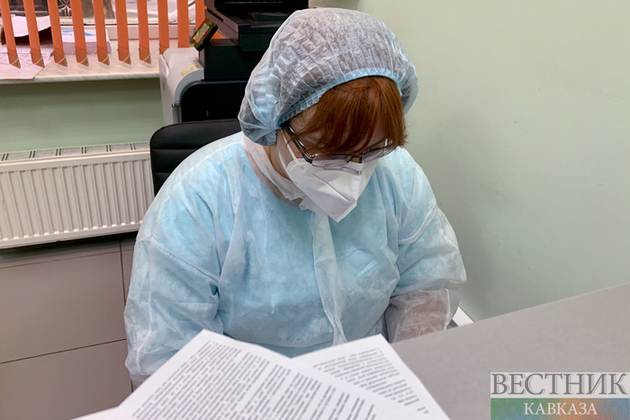Over two years after the coronavirus was first detected in China, and after at least 6.3 million deaths have been counted worldwide from the pandemic, the World Health Organization is recommending in its strongest terms yet that a deeper probe is required into whether a lab accident may be to blame.
That stance marks a sharp reversal of the U.N. health agency’s initial assessment of the pandemic’s origins, and comes after many critics accused WHO of being too quick to dismiss or underplay a lab-leak theory that put Chinese officials on the defensive.
WHO concluded last year that it was “extremely unlikely” COVID-19 might have spilled into humans in the city of Wuhan from a lab. Many scientists suspect the coronavirus jumped into people from bats, possibly via another animal.
Yet in a report released Thursday, WHO’s expert group said “key pieces of data” to explain how the pandemic began were still missing. The scientists said the group would “remain open to any and all scientific evidence that becomes available in the future to allow for comprehensive testing of all reasonable hypotheses.”
Identifying a disease’s source in animals typically takes years. It took more than a decade for scientists to pinpoint the species of bats that were the natural reservoir for SARS, a relative of COVID-19.
WHO’s expert group also noted that since lab accidents in the past have triggered some outbreaks, the highly politicized theory could not be discounted.






